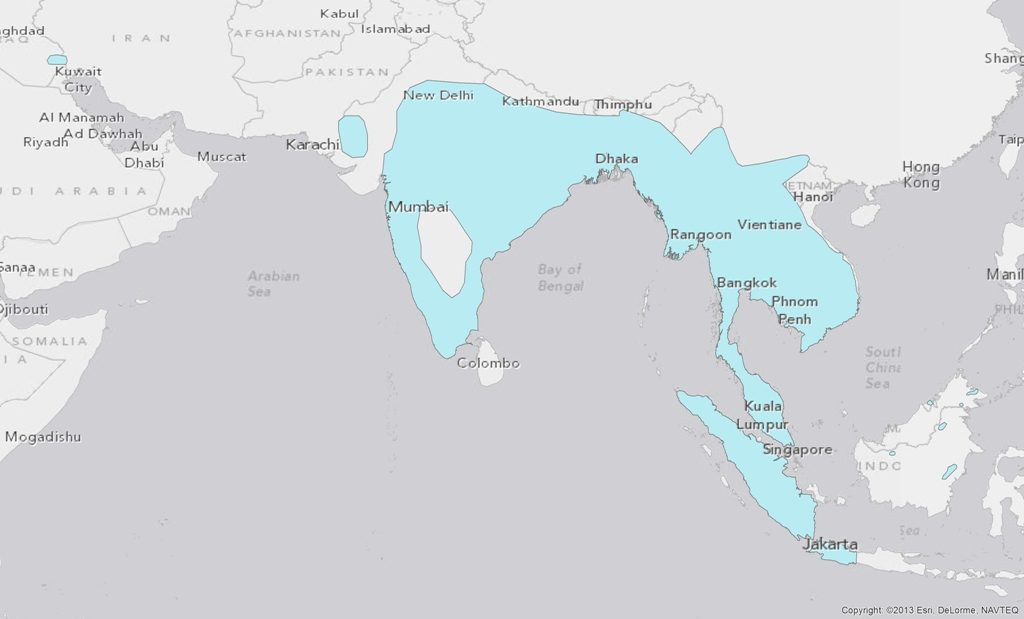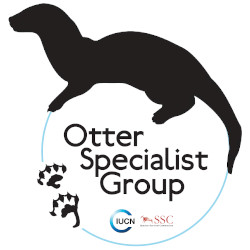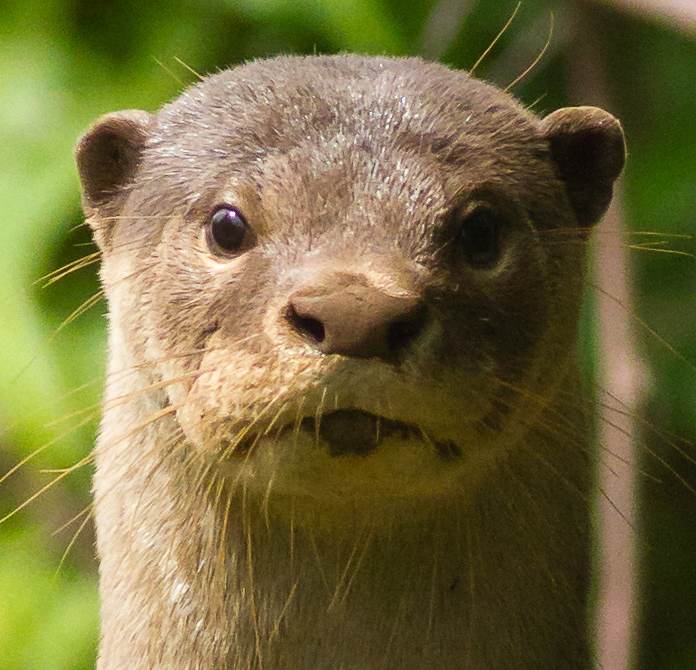alias: Indian smooth-coated otter, Asian otter
predators: large carnivores, crocodiles
threats: poaching, habitat loss, accidental trapping, pet trade, pollution
size: 106-130 cm (body 65-79 cm; tail 40-50 cm) weight: 7-10 kg

A close cousin to the small-clawed otter, the smooth-coated otter has a large distribution that is slowly but steadily shrinking, a fact made obvious by the remnant of a population in Iraq – its range once spread from the Middle-East to southeast Asia. Its problem is and has always been its biggest asset: a short, smooth, velvety fur, warm chocolate brown on the back and soft grey on the stomach. These otters are mainly nocturnal, although they can be diurnal when unmolested. Smooth-coated otters form large, vocal, family groups, preying together on fish, shrimps, frogs, crabs, insects, birds. Found mainly in the slow flowing waters typical of rice paddies and floodplains, they may use large rivers in some regions. The smooth- coated otter needs thick riverside vegetation in which to hide, dig dens and raise cubs. Recently, illegal trapping for the fur trade has taken a heavy toll in many Asian countries in which this species occurs and law enforcement is lacking.
Download the IUCN Red List Fact Sheet



